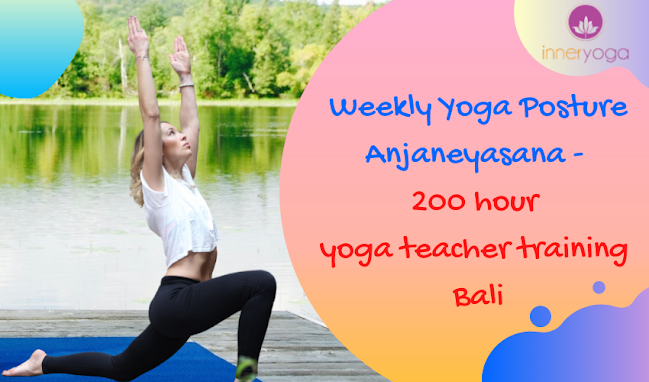Why you need more yin yoga in your life - Yin Yoga Benefits
In our hectic everyday lives, it can be tempting to
gravitate towards sweaty vinyasa style yoga classes to workout, release tension
and calm down the mind. Many of us are unconsciously living a very
yang lifestyle, between work, family, and social life we rarely take the time
to slow down, take a breath and go inward. This is exactly why we could all use
a little more yin yoga teacher
training in our lives to
balance ourselves out and really dive deep into our body and mind.
What is yin yoga?
Yin yoga has its roots in traditional yoga philosophy dating back
thousands of years, however modern yin has been adapted by teachers such
as Paulie Zink and Paul Grilley who have
taken the practice and transformed it into somewhat of a new strand of yoga. In
the modern adaptation of yin, the focus is on lengthening and stretching the
deep tissues of the body, working into the joints and connective tissue and
releasing trapped energy or “chi” from the body. A common misconception is that
yin yin yang yoga teacher training
is just a slower more relaxing version of traditional ashtanga or vinyasa, but
the way yin is practiced should be entirely different both in the physical body
of the practitioner and in the mind. In yin yoga it is very important that the
body is completely relaxed; teachers will encourage students to use blocks,
pillows and bolsters to fully support the body and allow the student to go deep
into the pose without holding any tension in the muscles. The reason it is so
important for the body to be relaxed is so that the deep connective tissues and
joints can be gently stretched and released without causing injury or stress to
the bones or joints. It is as equally important to adopt a “yin” mindset to
this yoga practice; knowing your body’s limits and not trying to push or force
yourself into a pose, being kind to yourself and accepting your body’s
limitations without judgement or attachment.
What are the benefits of stretching the joints and connective tissues?
It is believed that we store deep emotions in our body, these
emotions or energies become trapped in our joints and deep connective tissues
and need a slow release to unlock them and free them from our body. On an
emotional level, yoga is extremely powerful in releasing past trauma or deep
emotions from the body - this can sometimes be an unpleasant experience for the
practitioner as we might go along to a class feeling perfectly relaxed and
happy, and leave with an overwhelming feeling of sadness or anxiety. It is
important to remember as a student that these feelings are completely normal
and an integral part of our healing journey. Many students become discouraged
or frustrated whenever unpleasant feelings arise in class
because they believe that yoga is supposed to relax them and tune them out of
their everyday stresses. When starting out a yin teacher training practice it is really important to be kind and
patient with yourself and allow any feelings or emotions pass through you
without judgement or attachment.
On a physical level stretching our joints and tendons has an
enormous benefit on the health and wellbeing of our body. Naturally when we
practice more yang styles of exercise we are working with the muscles, when we
get into yin yoga we are getting deep into the connective tissues, filling the
areas with fresh blood or “chi” and creating space and new opportunities for
deep healing. As we age our joints naturally become stiffer and more rigid, we
lose mobility and flexibility and can become less mobile and agile. A regular
yin practice can help to keep the joints and connective tissues supple and
healthy, creating longevity and youthfulness in the body.
How do I incorporate a regular yin
yoga practice into my life?
There is no magic formula in creating a balance between yin yoga teacher certification, energy
into our daily life, however when we begin to regularly
practice yoga, we naturally begin to tune into the internal dialogue
of the body. It becomes easier to understand how the body is feeling and
whether we need more yin or yang energy at any certain point. It is especially
important in modern life that we take time for inner reflection and quiet
self-care, especially if we are combining yang exercise into our already hectic
schedule. Developing and creating space for yin practices is important to
balance out the yang energy and to heal the body both physically and
emotionally.
To find out more about Yin Yoga or to join our 200hr Yin and
Vinyasa Yoga Training program visit
www.inneryogatraining.com or email us join@inneryogatraining.com




Comments
Post a Comment